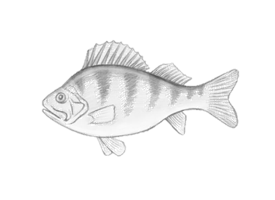Description
Using pond water and readily available nutrient sources, such as fertilizer, set up several containers with different nutrient conditions. We provide an example conditions description. Place containers in a sunny indoor location, such as a windowsill that receives plenty of sunlight. Students record their observations and make comparisons across different samples daily over three weeks. However, keep discussion of the changes students observe to a minimum until Student Experience 3 so that the meaning of their observations fits into the conceptual flow of the pathway.
What to Expect
Samples with added nutrients should become cloudy and develop color (likely some shade of green), but samples with no added nutrients remain more clear and less colored.
Implementation Tips
(Note: the example conditions description includes other practical guidance)
- DO NOT use a fertilizer that contains an herbicide or weed-killer (e.g., “weed and feed”) – the herbicide may prevent algae growth.
- If the class has no access to pond water, water from a lake or slow-moving stream can be used. You can also buy algae from a commercially available source and add it to tap water or purified water. For example: (http://www.carolina.com/algae/green-algae-ac-living/FAM_151955.pr?question=algae+culture)
- Focus students’ attention on the overall color and cloudiness of samples when they are making observations, rather than any individual soil particles or plant/animal debris. If feasible, take pictures of the samples as a part of documenting the results.
- Bubbles emerging within the water may be visible for water samples with algae growth. If so, be sure to have students take note. Bubbles can be a sign of the oxygen that algae make when they are using water and carbon dioxide to make sugar (i.e., their food).
